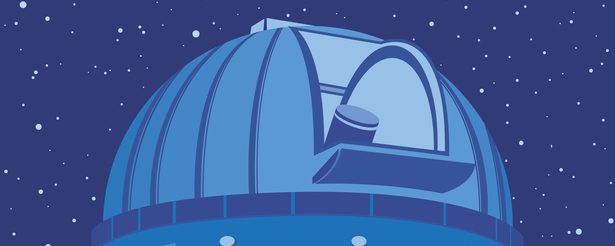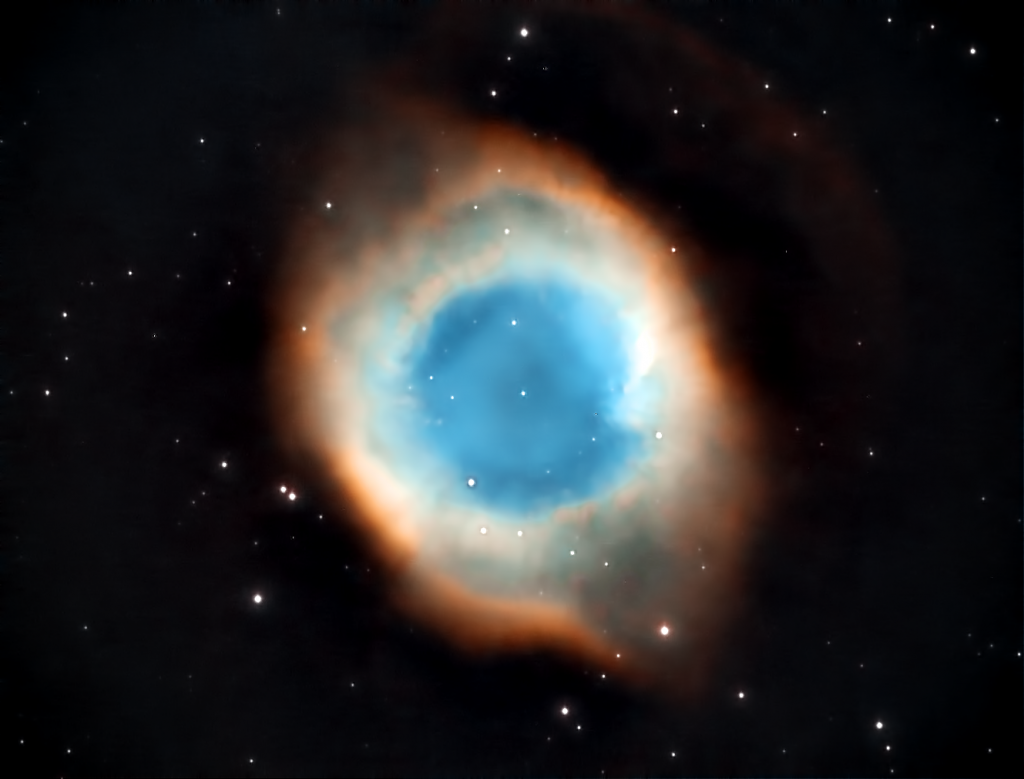
Similar Posts

The sun is still cranky!
Busted out the solar telescope, now that fall has finally come to central Florida and the weather’s nice again! We’re still in the midst of a solar maximum, and today’s flares did not disappoint. We kept the ‘scope out all day, and observed a smaller flare seen across from the big ones turn into a…

NGC2403: An obscure galaxy in an obscure constellation.
About 10 million light-years away within the constellation Camelopardalis lies NGC2403. It doesn’t get much love, but it was really an oversight in the famous Messier catalog that defines the most popular deep-sky objects. So let’s give it a little attention, and reflect on the fact that the light we’re seeing from this galaxy started…

The “Cygnus Wall” of Star Formation
This portion of the North America Nebula in the constellation – you guessed it – Cygnus, is a giant cloud of ionized gases where new stars are being created. It’s also pretty. These are both false color images, processed a couple of different ways. The first is the classic “Hubble Palette” that maps ionized emissions…

Globular cluster M92
Globular clusters are mysterious objects – they are dense clusters of stars, some containing hundreds of thousands of them. And they’re not within the plane of the Milky Way galaxy; they are scattered around it. How they formed is a bit of a mystery. Did they form with our galaxy, or are they the cores…

The sun is feisty lately.
This solar cycle has been quite a bit more active than forecast. It motivated me to up my game a little bit with solar imaging; this is my first image with a “double stack” setup that results in narrower filtering on the Hydrogen-alpha emissions from the sun. Lots and lots of prominences, filaments, and sunspots…

Looking back to the age of dinosaurs (NGC2336 and IC467)
Spent a couple of nights imaging these distant galaxies; the spiral in the upper-left is NGC2336, and the other is IC467. Galaxies this faint and distant generally don’t have catchy names! NGC2336 is 100 million light-years away. Think about that – you’re looking 100 million years in the past. The light we captured started its…

